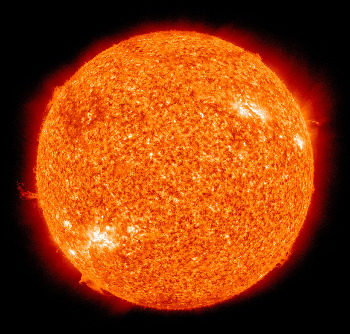 A Robust Sun-Climate Connection Increasingly Affirmed By Scientists
A Robust Sun-Climate Connection Increasingly Affirmed By Scientists
“The emerging causal effects from SS [solar activity] to GT [global temperatures], especially for recent decades, are overwhelmingly proved”
— Huang et al., 2017
(1) Yndestad and Solheim, 2017
“Periods with few sunspots are associated with low solar activity and cold climate periods. Periods with many sunspots are associated with high solar activity and warm climate periods. … Studies that employ cosmogenic isotope data and sunspot data indicate that we are currently leaving a grand activity maximum, which began in approximately 1940 and is now declining (Usoskin et al., 2003; Solanki et al., 2004; Abreu et al., 2008). Because grand maxima and minima occur on centennial or millennial timescales, they can only be investigated using proxy data, i.e., solar activity reconstructed from 10Be and 14C time-calibrated data. The conclusion is that the activity level of the Modern Maximum (1940‚Äì2000) is a relatively rare event, with the previous similarly high levels of solar activity observed 4 and 8 millennia ago (Usoskin et al., 2003). Nineteen grand maxima have been identified by Usoskin et al. (2007) in an 11,000-yr series.”
Below, the trends in Total Solar Irradiance for 1700-2013, which comes from the Yndestad and Solheim (2017) paper cited above, are shown to closely correspond to the temperature trends for the Northern Hemisphere (NH, derived from “the mean of 22 regional reconstructions of instrumental JJA [June-August] temperatures“) as shown in Stoffel et al., 2015.


 A Robust Sun-Climate Connection Increasingly Affirmed By Scientists
A Robust Sun-Climate Connection Increasingly Affirmed By Scientists















